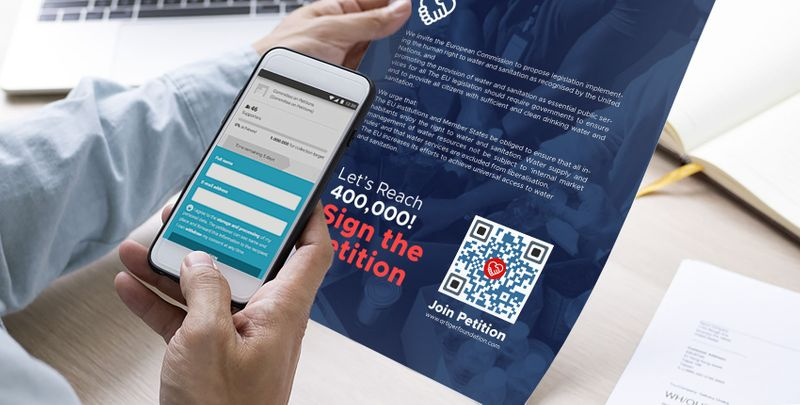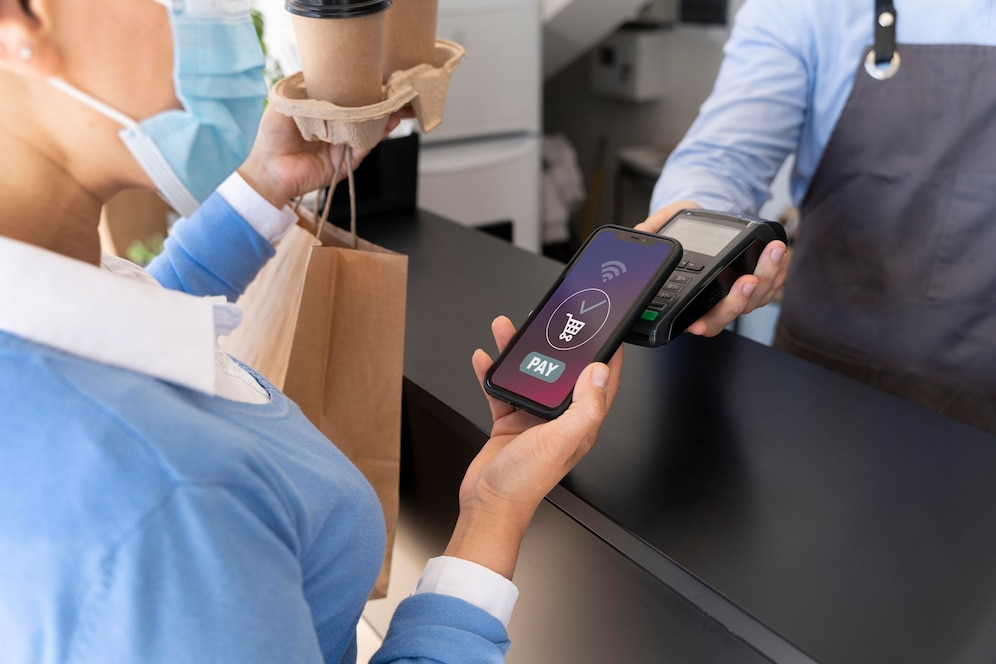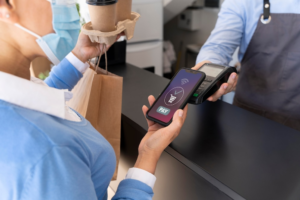In today’s digital age, technology continues to revolutionize various industries, and education is no exception. One innovative tool that has gained significant popularity in recent years is Quick Response (QR) codes. These square-shaped, black-and-white patterns may seem simple, but their applications in education are vast and impactful. This article explores the numerous benefits of using QR codes in education and how they can enhance the learning experience for both students and teachers.
Introduction
As the education landscape evolves, educators are constantly seeking ways to engage students and make learning more interactive and accessible. QR codes provide a bridge between the physical and digital worlds, offering exciting opportunities to integrate technology seamlessly into educational practices. This article delves into the various advantages of incorporating QR codes in educational settings, highlighting their potential to transform traditional teaching methods.
What are QR codes?
QR codes are two-dimensional barcodes that can be scanned using a smartphone or tablet equipped with a QR code reader app. Once scanned, these codes can quickly redirect users to specific online content, such as websites, videos, documents, or even virtual reality experiences. They can store a wide range of information and act as a gateway to a wealth of digital resources.
The role of QR codes in education

QR codes play a crucial role in education by enabling seamless access to information and enhancing classroom activities. With their versatility and ease of use, QR codes empower both students and teachers to explore new learning opportunities beyond the confines of traditional textbooks and static materials.
Enhancing classroom activities with QR codes
1. Interactive worksheets and quizzes
By incorporating QR codes into worksheets and quizzes, educators can transform these static resources into interactive learning experiences. Students can scan the codes to access additional hints, explanations, or even video tutorials, providing them with immediate support and feedback.
2. Accessing additional learning resources
QR codes can also serve as gateways to additional learning resources beyond the limitations of physical textbooks. By including QR codes in textbooks or classroom displays, students can explore supplementary materials, such as virtual field trips, simulations, or multimedia presentations, enriching their understanding of the subject matter.
3. Simplifying student registration processes
QR codes can streamline administrative tasks, such as student registration. Instead of manually filling out forms or waiting in long queues, students can scan personalized QR codes to provide essential information and expedite the registration process. This saves time and reduces paperwork for both students and administrative staff.
Encouraging student engagement and participation

QR codes foster student engagement and encourage active participation in the learning process. By integrating these codes into various educational activities, educators can create dynamic and interactive learning environments.
1. Scanning QR codes for group discussions
During group discussions, QR codes can facilitate the sharing of information and resources among students. By scanning a QR code associated with a particular topic, students can quickly access relevant articles, videos, or research papers, promoting deeper discussions and collaborative learning.
2. Creating interactive presentations
Instead of relying solely on traditional slide presentations, students can use QR codes to incorporate interactive elements into their presentations. By linking QR codes to videos, quizzes, or online surveys, students can engage their peers and foster active participation, resulting in more captivating and memorable presentations.
3. Promoting independent research
QR codes encourage students to conduct independent research by providing them with quick access to digital libraries, scholarly articles, or relevant websites. By scanning a QR code displayed in the classroom or provided by the teacher, students can explore further resources on their own, deepening their knowledge and nurturing critical thinking skills.
Bridging the gap between physical and digital learning
QR codes offer a seamless integration of physical and digital learning environments. Educators can use QR codes to enhance traditional teaching methods by leveraging the benefits of technology. This fusion of physical and digital resources promotes a more comprehensive and engaging learning experience.
Improving communication and information sharing
QR codes facilitate efficient communication and information sharing among students, teachers, and parents. By leveraging QR codes, educational institutions can bridge the gap between stakeholders and create a more connected learning community.
1. Sharing syllabi and course materials
At the beginning of each academic term, teachers can distribute syllabi or course materials via QR codes. Students can scan these codes, gaining instant access to essential information, including schedules, assignment details, and recommended readings. This ensures that students are well-informed and helps them stay organized throughout the semester.
2. Facilitating parent-teacher communication
QR codes can also be employed to enhance communication between parents and teachers. By scanning a QR code displayed during parent-teacher conferences or events, parents can access contact information, receive updates on their child’s progress, and even schedule appointments with teachers. This streamlined communication strengthens the partnership between home and school, fostering a supportive educational environment.
Enhancing assessment and feedback methods
QR codes offer innovative solutions for assessing student progress and providing timely feedback. By incorporating QR codes into assessment methods, educators can streamline grading processes and offer more interactive and engaging feedback to students.
1. QR codes for quick grading
Instead of manually grading papers or tests, educators can use QR codes to expedite the grading process. By assigning unique QR codes to each student’s work, teachers can scan the codes using dedicated apps and instantly access grading rubrics or pre-recorded audio feedback, saving valuable time.
2. Providing instant feedback
QR codes can serve as a platform for providing instant feedback to students. By linking QR codes to video explanations or written feedback, educators can offer personalized and timely responses to students’ queries or areas requiring improvement. This immediate feedback enhances the learning experience and supports students’ ongoing development.
3. Gamifying assessments with QR codes
QR codes can also be used to gamify assessments, making them more interactive and enjoyable for students. By embedding QR codes within assessment materials, educators can provide clues, hints, or bonus questions that students can unlock by scanning the codes. This gamification element adds an element of excitement and motivates students to actively participate in assessments.
Addressing security and privacy concerns
While QR codes offer numerous benefits, it is crucial to address security and privacy concerns. Educators must ensure that the information accessed through QR codes is safe and that students’ personal data is protected. Implementing secure and encrypted QR code systems and educating students about responsible scanning practices are essential steps in mitigating potential risks.
Case studies: Successful implementation of QR codes in education
Several educational institutions have successfully implemented QR codes to enhance teaching and learning. Case studies highlighting these success stories can provide valuable insights and inspiration for educators seeking to incorporate QR codes into their classrooms.
FAQs
How can I create QR codes for educational purposes?
To create QR codes for educational purposes, you can use various online QR code generators. These platforms allow you to input the desired content, such as website links or text, and generate QR codes that can be printed or shared digitally.
Are QR codes accessible for all students?
QR codes are accessible for most students, as they only require a smartphone or tablet with a QR code reader app. However, educators should ensure that alternative options are available for students who may not have access to such devices.
Can QR codes be used in online learning environments?
Yes, QR codes can be used in online learning environments. Educators can incorporate QR codes into digital materials, presentations, or online assessments, providing students with seamless access to additional resources or interactive content.
What are some potential challenges of using QR codes in education?
Some potential challenges of using QR codes in education include technical difficulties, ensuring internet connectivity, and addressing security and privacy concerns. Educators should plan and prepare for these challenges to ensure a smooth integration of QR codes into the learning environment.
How can QR codes benefit teachers?
QR codes benefit teachers by streamlining administrative tasks, facilitating communication with students and parents, simplifying grading and assessment processes, and promoting innovative and interactive teaching methods. By leveraging QR codes, teachers can enhance their instructional practices and create more engaging learning experiences.
Conclusion
QR codes have emerged as powerful tools in education, revolutionizing traditional teaching methods and enhancing the learning experience. By leveraging the benefits of QR codes, educators can create interactive, engaging, and inclusive learning environments that foster student participation, encourage independent exploration, and bridge the gap between physical and digital resources.













